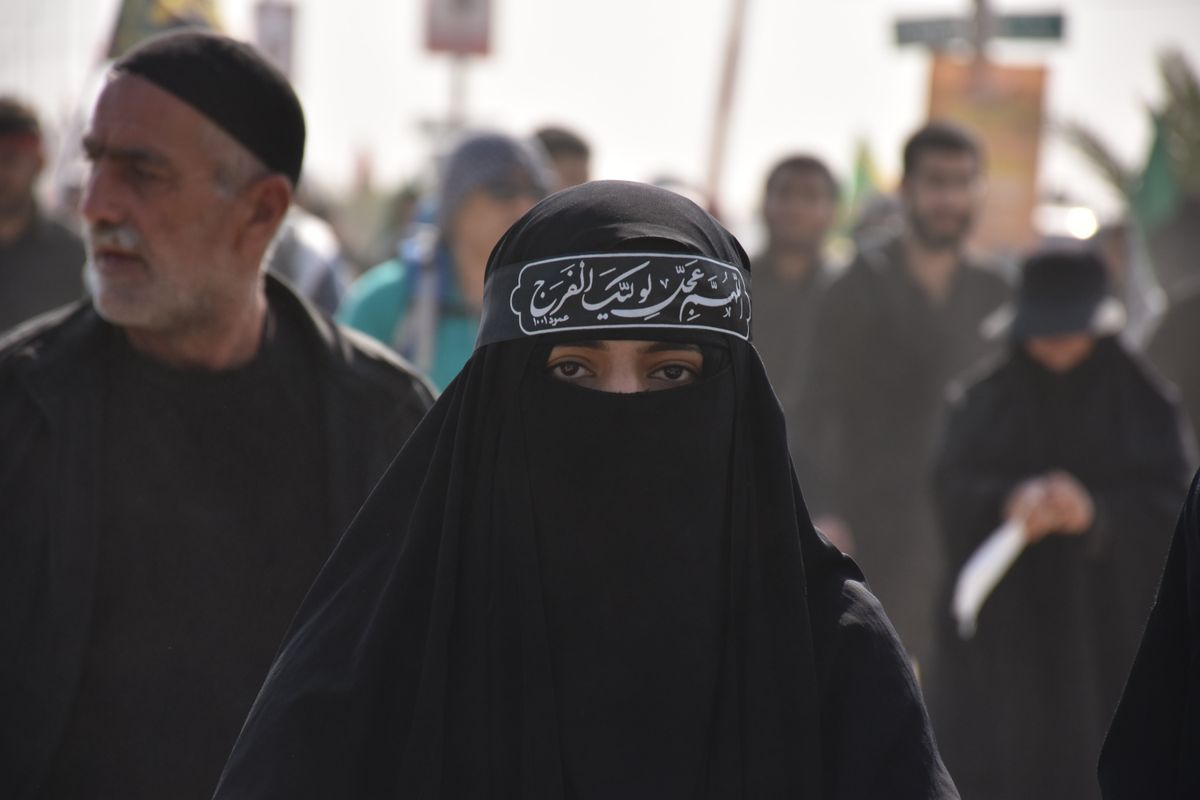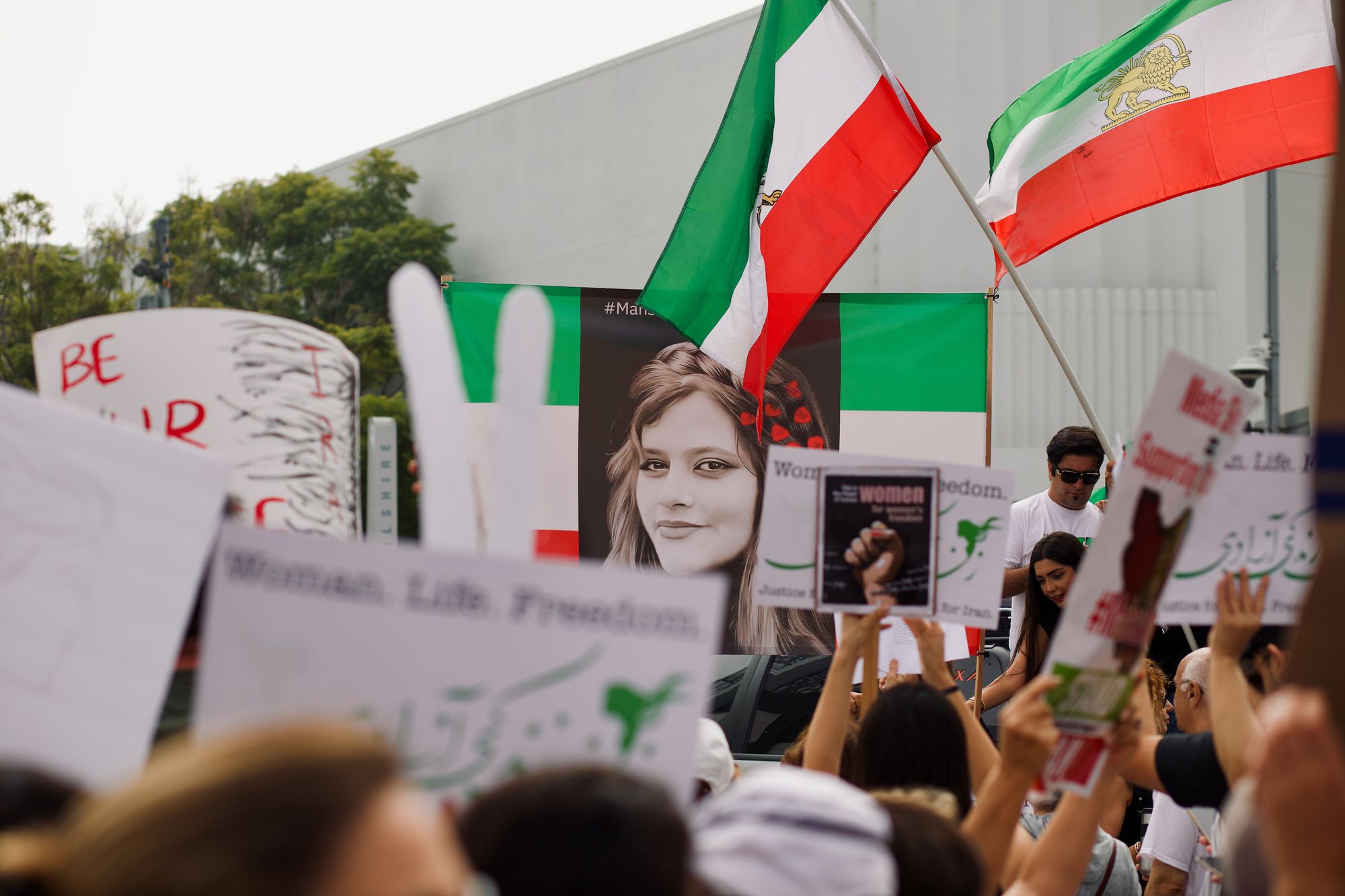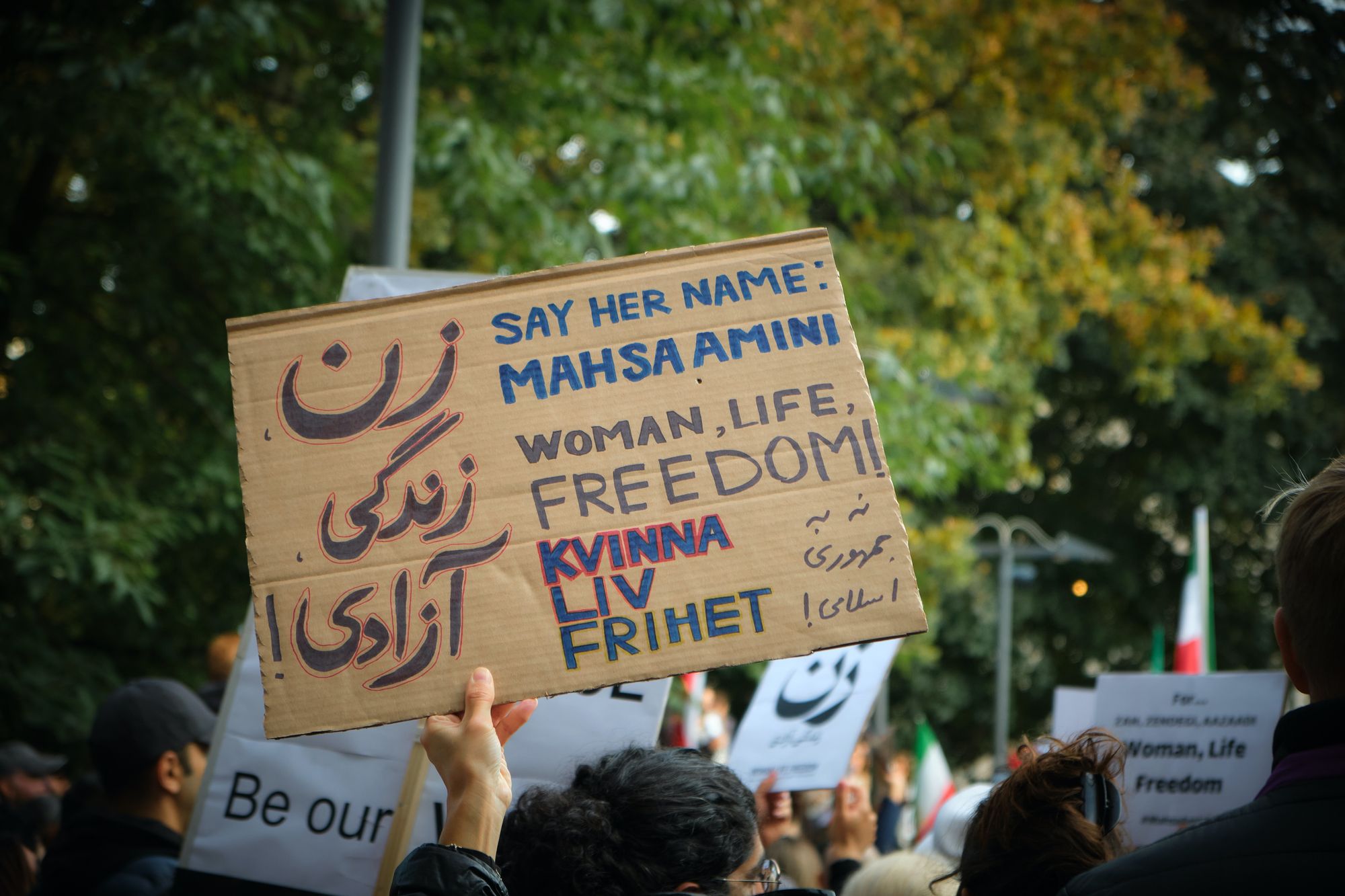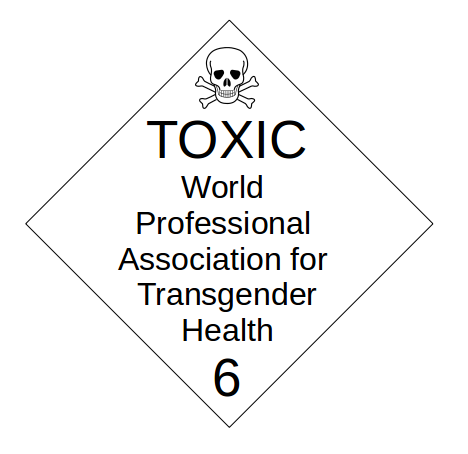Hijab and Burqa – is the Islamic concept of women’s modesty logical?

What if one day someone tells you that they hate you so much that they don’t want to see your face? What if that ‘someone’ is your father, brother, or husband? That’s the fate of almost all Muslim girls and women, no matter which country they’re living in. You might think, what crime have they committed for being forced to cover their entire body? Their only fault is that they’re born female.
An estimated 1.8 billion, or more than 24% of the world population, identify themselves as Muslims. Islam is the official religion in 26 countries in Asia, sub-Saharan Africa, North Africa, and the Middle East. In Iran, Hijab (the head covering) became mandatory in 1981, after the Islamic Revolution that took place in 1979. Till 2019, it was mandatory for all women to cover themselves from head to toe, regardless of their religion, if they were living in Saudi Arabia or visiting. Today, in countries like Iran, and Afghanistan, women have to cover themselves from head to toe.
Burqa is often confused with Hijab and Niqab when all three are different outfits.
Hijab is a loose head covering, and the burqa covers the entire body and face. While Niqab covers the entire body and face, leaving the eyes uncovered. While all of these outfits are a sign of female sexualization, liberal feminists and conservative Muslims concur that it is a matter of women’s personal choice. When did religion, a man-made ideology, focus on women’s choices? All religions, most importantly Abrahamic religions, are tightly linked with centuries-old and socially sanctioned sexism and misogyny.
Here are the Quranic verses on women’s clothes and modesty:
O Prophet! Enjoin your wives, your daughters, and the believing women that they should cast their outer garments over their persons (when abroad): That is most convenient, that they may be distinguished and not be harassed.(33:59)
(Jalabib is a loose outer garment)
“And say to the believing women that they should lower their gaze and guard their modesty; that they should not display their beauty and ornaments except what must ordinarily appear thereof; that they should draw their veils over their bosoms and not display their beauty except to their husbands, their fathers, their husbands' fathers, their sons, their husbands' sons, their brothers, or their brothers' sons or their sister's sons, or their women or the servants whom their right hands possess, or male servants free of physical needs, or small children who have no sense of the shame of sex, and that they should not strike their feet in order to draw attention to their hidden ornaments. And O you Believers, turn you all together towards Allah, that you may attain Bliss.” (24:31).
“Say to the believing man that they should lower their gaze and guard their modesty; that will make for greater purity for them; and Allah is well acquainted with all that they do.”(24:30)
The “modesty” that is imposed on Muslim women is often defended in various ways. The most common one is that even men are expected to follow modesty, as they have “the hijab of the eyes”, which means they must lower their gaze when talking to a woman. Looking at a woman with lustful eyes is a sin in Islam, as claimed by Muslims. Well, the Hindu women in Pakistan being abducted, raped, and converted to Islam would highly disagree. Expecting women to cover themselves up to avoid provoking or distracting men is a classic example of victim blaming and sexism. “Hijab of the eyes” is a very convenient way to enable misogyny in the name of “equal laws for men and women”. We can’t be naïve enough to think that the “hijab of the eyes” works. If men are expected to lower their gaze while talking to a woman, then why should she wear a hijab or burqa? If he doesn’t look at her, she’s safe because the problem is in that gaze.
Looking at a woman with lustful eyes is a sin in Islam, as claimed by Muslims. Well, the Hindu women in Pakistan being abducted, raped, and converted to Islam would highly disagree.
Burqa and Hijab are claimed to be the best for women’s safety. Some “scholars” also say that Islam is the most feminist religion in the world as it has its own dress code to keep women safe. Iranian women and Afghan women would rather be deaf than listen to such apologetic arguments about Islam.
We can’t be naïve enough to think that the “hijab of the eyes” works. If men are expected to lower their gaze while talking to a woman, then why should she wear a hijab or burqa? If he doesn’t look at her, she’s safe because the problem is in that gaze.
Modesty culture in its entirety is extremely misogynistic. Why does it exist in the first place? It demands women to dress modestly. But why? Because if they don’t dress modestly, they will “get raped” or harassed because revealing clothes or makeup implies the desire for male validation or sexual desires. It says that you should cover yourself because men would feel hungry after seeing a piece of meat. On the contrary, nudity culture encourages women to wear clothes as short as possible because that would indicate that they have agency over their bodies because they can “choose” to be a piece of meat “if they want to”. But what if I tell you that you are not a piece of meat regardless of what you wear or don’t wear? What if I tell you that you cannot “choose” to sexualize yourself because men don’t care about what you like and what you choose if your “choice” benefits them instead of challenging their ideas about you?
If you must face serious consequences for not choosing something, that is not a choice but the only option you have. Not wearing a Hijab or Burqa can turn out to be life-threatening for many women. Their husbands, fathers, or brothers can hit them, kill them, or throw them out of the house if they don’t comply. Women know that they will have to burn in hell if they don’t follow God’s word. How does any of this make Hijab or Burqa a “choice,” let alone an “empowering choice”?


Mahsa Amini would have been alive today if Hijab was a choice. Even today, 12 or 13-year-old girls wouldn’t have to wear a Chador or a Hijab if it were a choice. Seeing such young girls cover their bodies to please a God they’ve never seen and will never see is nothing less than heartbreaking. They can’t even spell the word “choice.”

Most European countries have banned the Hijab. Kosovo, Azerbaijan, Tunisia, and Turkey are the Muslim countries that have banned the Hijab in government buildings, schools, and universities. However, the Hijab Row of Karnataka sparked controversy. The protests began when a few girls were stopped from entering the school wearing a hijab for their exams. The school demanded wearing a uniform. Later, the protests were not limited to wearing a Hijab, but a Burqa, and not limited to schools, but also to colleges. Schools and colleges weren’t wrong in asking their students to wear uniforms. Muslims put up banners on streets saying, “No Hijab, No Education,” which meant that if girls want to study, they must cover themselves. Religiously brainwashed women protested to wear a Hijab (and a Burqa as well). The protests happened not only in Karnataka but in other states as well. It proved that religion and religious attire is more important than education. Also, it was just another way to create political unrest in India. Today, Hijab is not allowed in schools and universities in Karnataka.
Muslims put up banners on streets saying, “No Hijab, No Education,” which meant that if girls want to study, they must cover themselves.
There has been a lot of discussion about what is/can be a woman’s choice. Name-calling, shaming, and sending threats to someone who opposes the commonly accepted liberal narrative of “women empowerment” and “bodily autonomy” has become a common phenomenon on social media. No one has ever debated over men being shirtless and men wearing modest clothes. No one has ever gotten distracted or felt like raping or harassing a shirtless man. That is because men’s bodies have never been sexualized. Women don’t view men as sexual objects that can be used and discarded. But if we compare nudity culture and modesty culture, both propagate the sexualization of female bodies. Women’s bodies are not inherently sexual; their face, hair, fingers, breasts, eyes…not a single body part is inherently sexual. Men perceive them as sexual body parts. Men have sexualized women’s bodies. Her clothes or her body was never the problem. The way her body is perceived is the problem.
Women’s bodies are not inherently sexual; their face, hair, fingers, breasts, eyes…not a single body part is inherently sexual. Men perceive them as sexual body parts. Men have sexualized women’s bodies.
Victim blaming harms all women. It absolves men from being responsible and taking accountability for their actions. Hijab is a way of blaming the victim and enabling the misogynistic oppression of women. It is completely illogical and unfair toward women. Just imagine women wearing such an outfit in the scorching heat of summer. Unfortunately, even that is glorified.
We need a world in which even if a woman roams around naked, not a single man should feel like touching her, let alone raping her, because she would be none of his business. It is never the victim’s fault. Never ever. Not a single man on this planet has the right to violate a woman’s body under any circumstances. Women don’t exist to attract or please men. We never did.
Enter your email below to sign in or become a 4W member and join the conversation.
(Already did this? Try refreshing the page!)



Comments